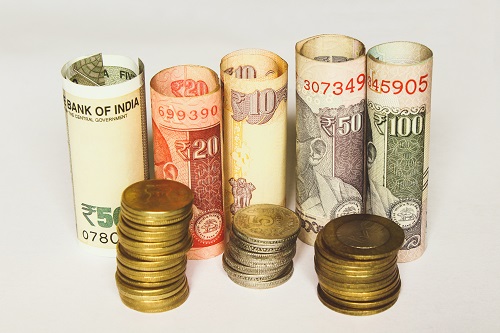India’s economy has been devastated by a coronavirus. The country which is home to 1.4 billion people entered its first-ever recession on record this year, with its GDP shrinking 7.5 percent in the three months to September. So, in this article we will discuss about post covid economy of India. Read on,
This shrinking of GDP i.e shrink of 7.5 percent in three monthswas followed by a staggering 24 percent contraction in the June quarter.
India was, until recently, the fastest growing largest economy in the world. The economy was rising at an extraordinary rate which rivaled China.
So what went wrong? Will this coronavirus derail India’s future goal of becoming Asia’s second economic powerhouse? What will be the post covid economy of India?

The developing economy of India was not ready to cope up with the twin shocks of an abrupt lockdown on one hand and the spiraling Covid-19 infections on the other. The extent of the human and economic damage was now becoming apparent.
When Prime Minister Narendra Modi announced the nationwide lockdown in the month of March, the livelihoods of hundreds of millions of citizens were upended overnight. An estimated 140 million Indians lost their jobs, and unemployment soared to 24 percent. The destitute migrant workers in very large numbers had no choice but to return home on foot.
This was the second most dramatic migration in the country the first one being India’s violent partition of 1947. Middle-class professionals who were working in areas like IT were also hit by widespread job losses. On top of everything, the coronavirus spread like wildfire.
Businesses, no matter how long they have been running, were hard hit, from the small traders that form the backbone of the economy to modern giants like retailer Future Group nearly bankrupted.
India has offered less support to these businesses than the other governments of the world. Many of these businesses are still barely scraping by. This is taking a great toll on India’s banks, which were struggling with a mountain of bad loans even before the coronavirus pandemic hit us. These banks are now facing a tsunami of debts. A landmark bankruptcy reform that was designed to address this serious problem has been scaled back.
The Indian authorities have pushed ahead with the reforms to liberalize the agricultural and labour laws. But these measures have been greatly criticised by the people and the opposition for being rushed through with little debate on how will it affect the farmers and the public in general.
This has provoked the fury of thousands of angry farmers as they marched on the capital New Delhi in a protest demanding that these “ BLACK LAWS” be taken back.
The Indian’s hope lies with the country’s festival season, which is mainly centered around the celebration of Diwali, wherein they hope that these festivals will help revive the economy. Indicators like the manufacturing activity index have also suggested that businesses are recovering at a slow pace but nonetheless, they are recovering. But the damage brought by the coronavirus pandemic will be hard to undo.
Economists have said that India needs a growth rate of at least eight percent annually just in order to create bare minimum jobs for its millions of young generation. Yet this growth could take on years, slashing the dreams of one whole generation of Indians.
Also read, GLOBAL MICROBIOME IMMUNOLOGY MARKET
One life. Live Boundless
Leave a Comment
You must be logged in to post a comment.